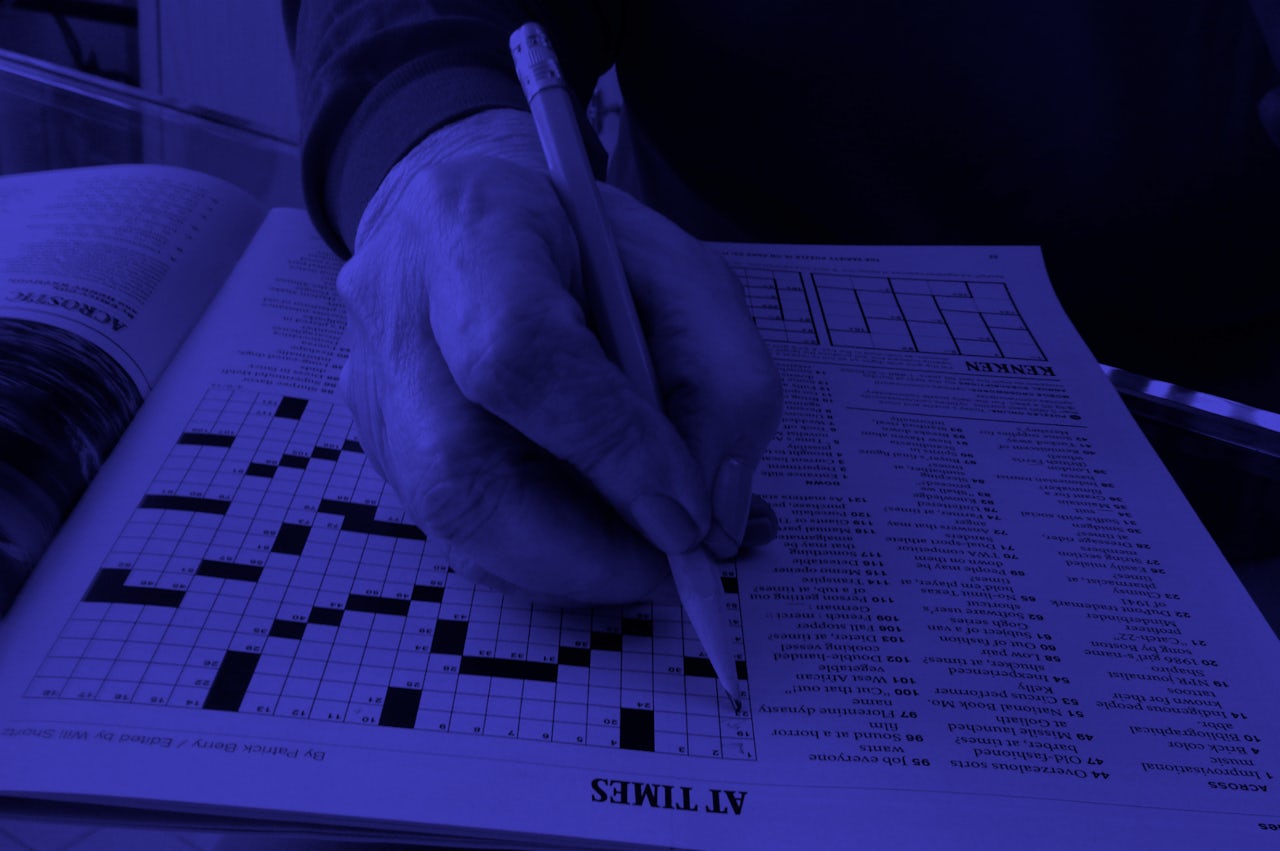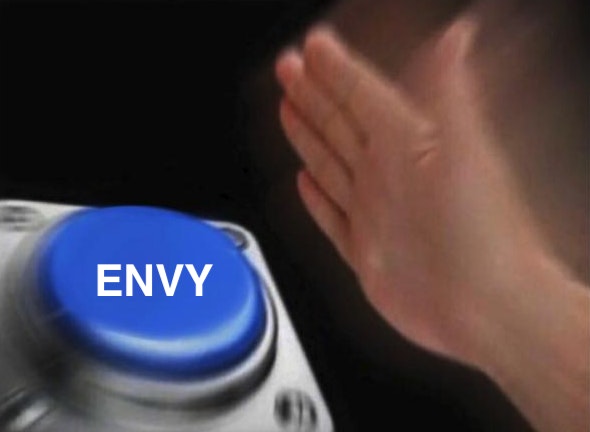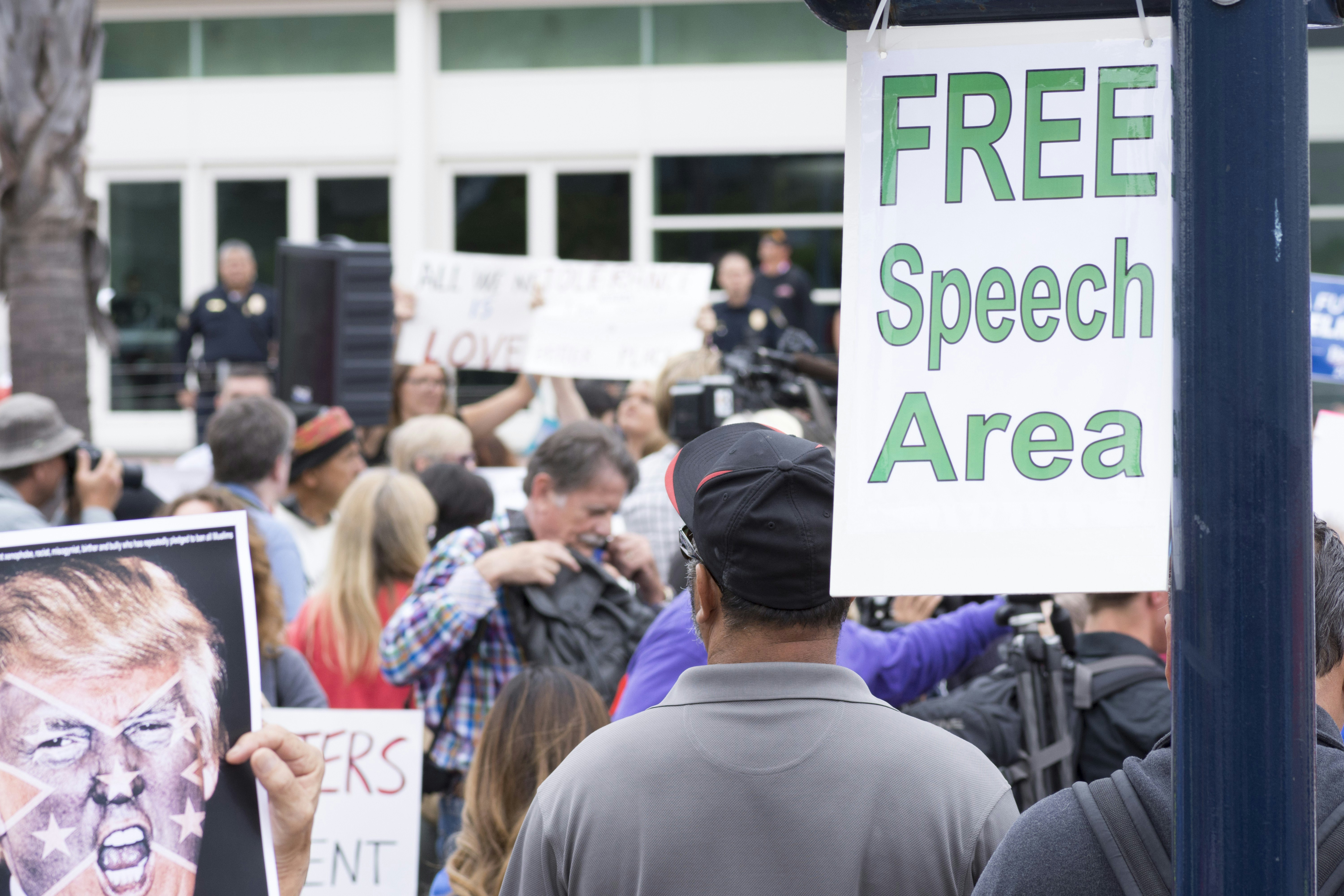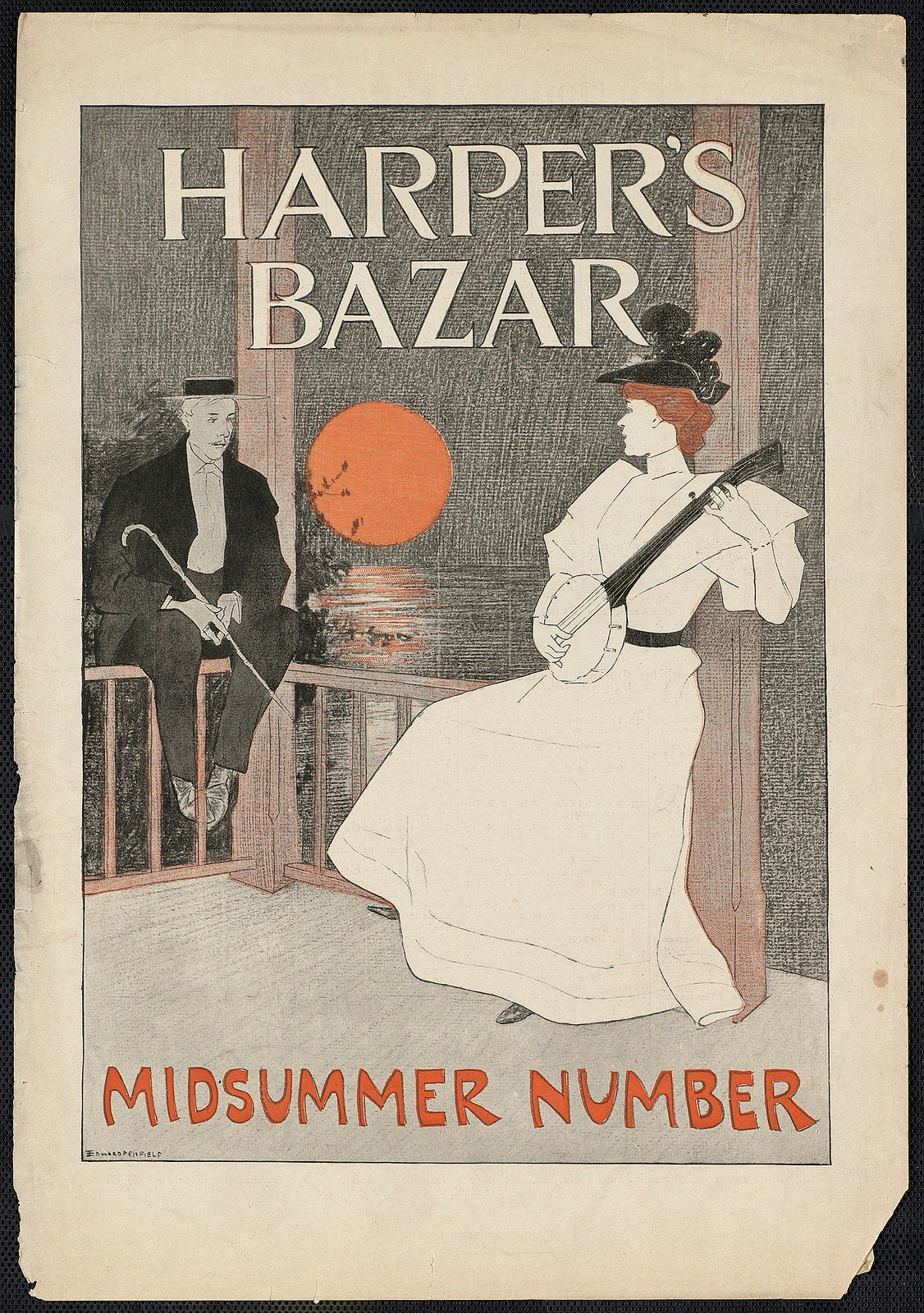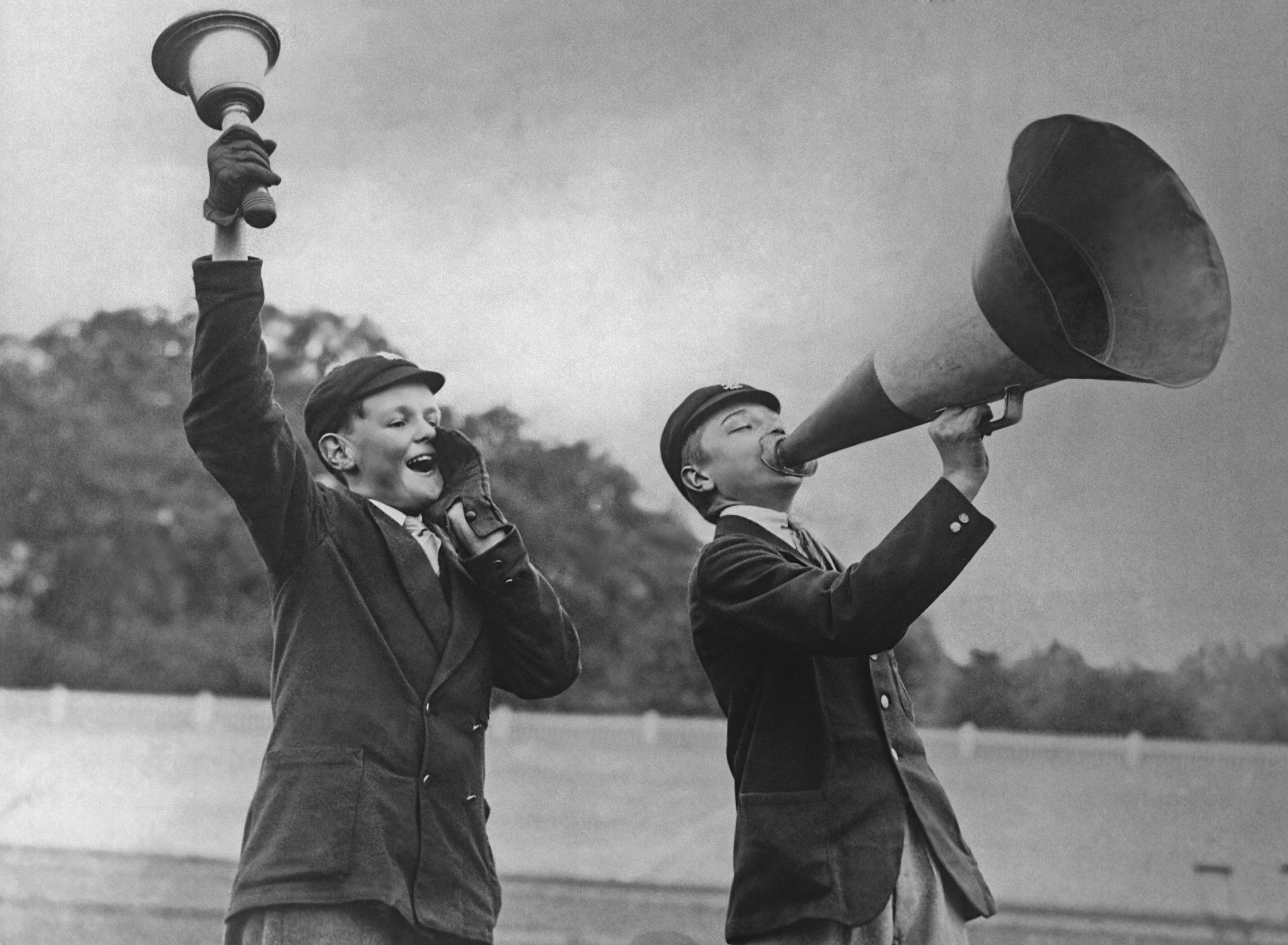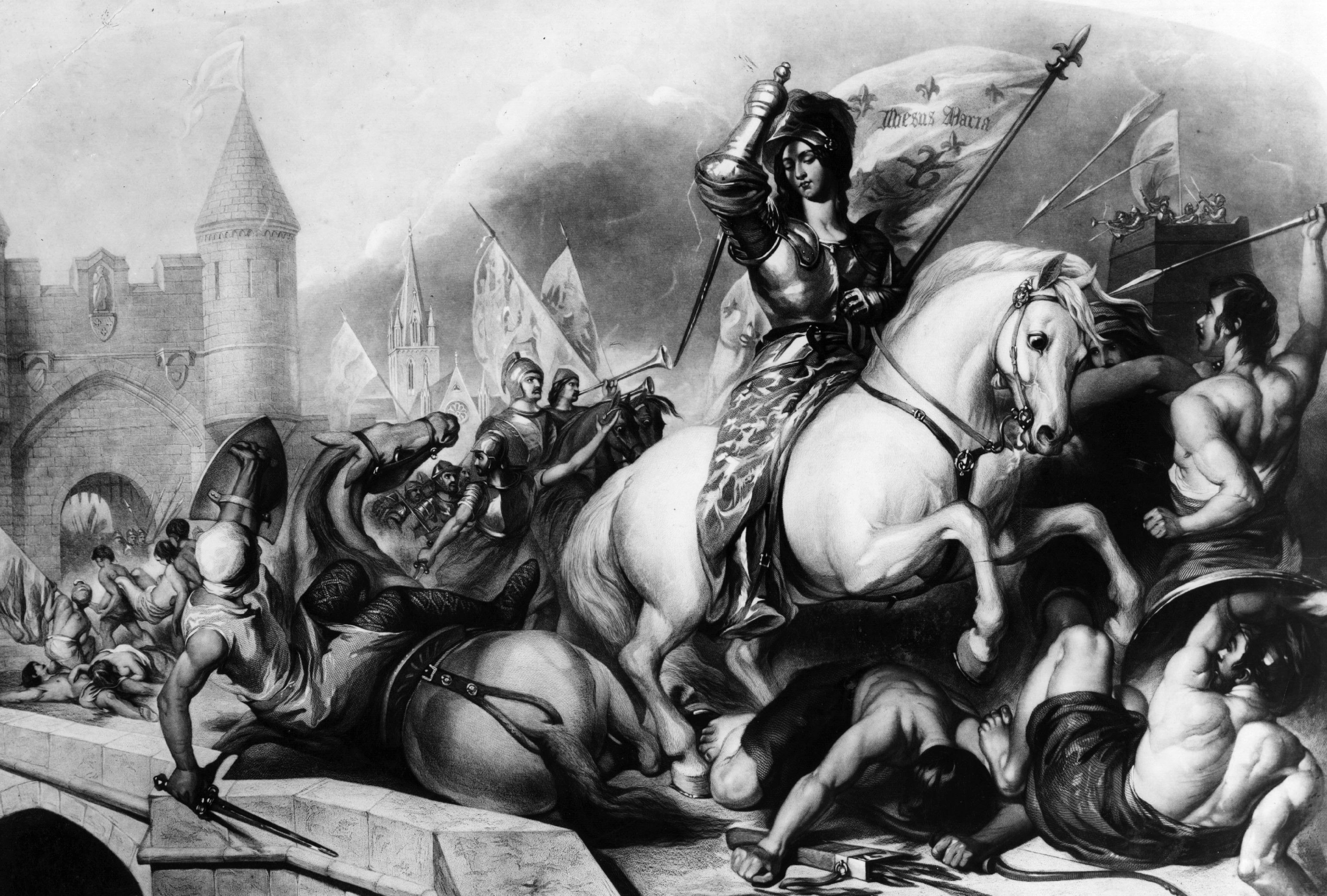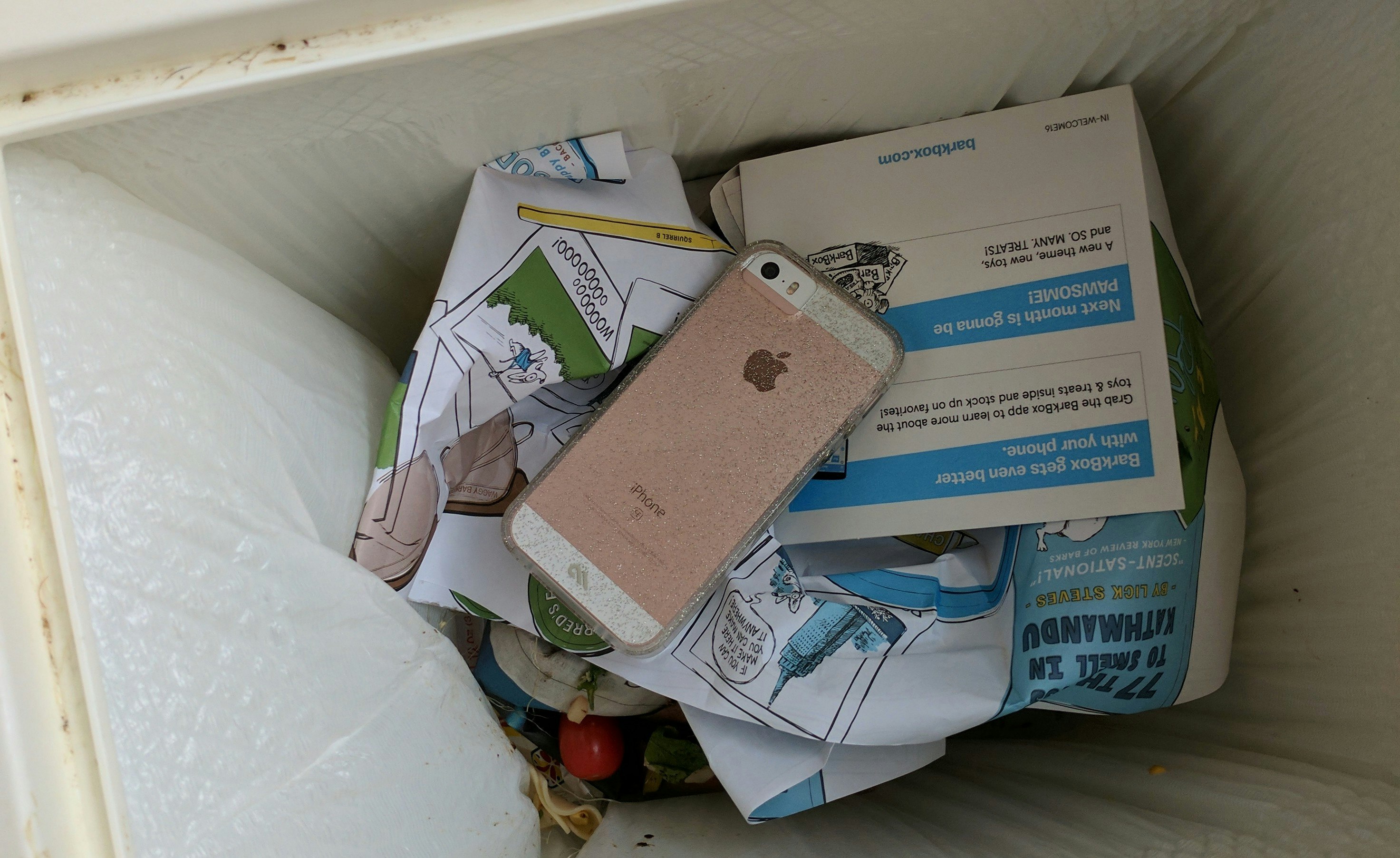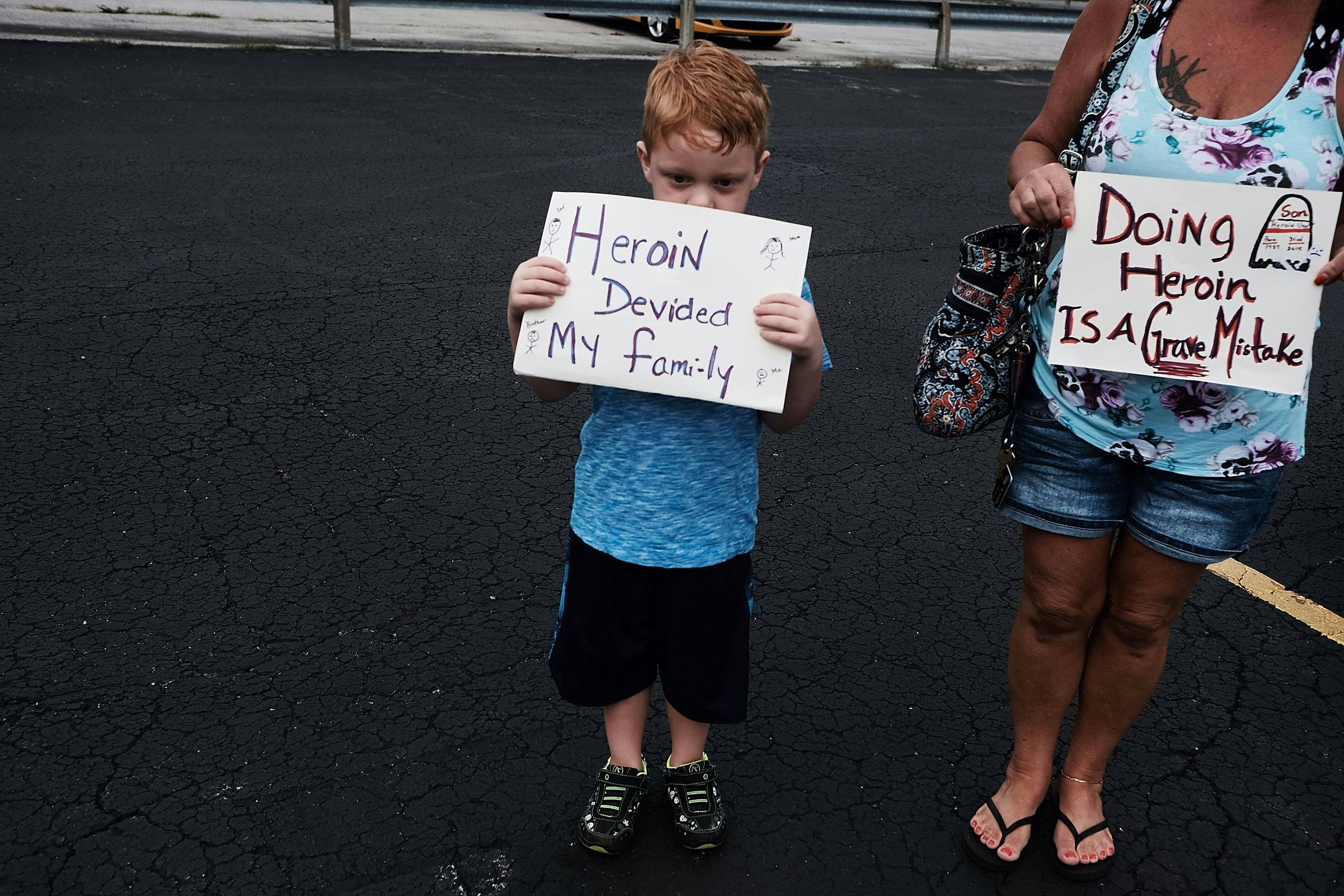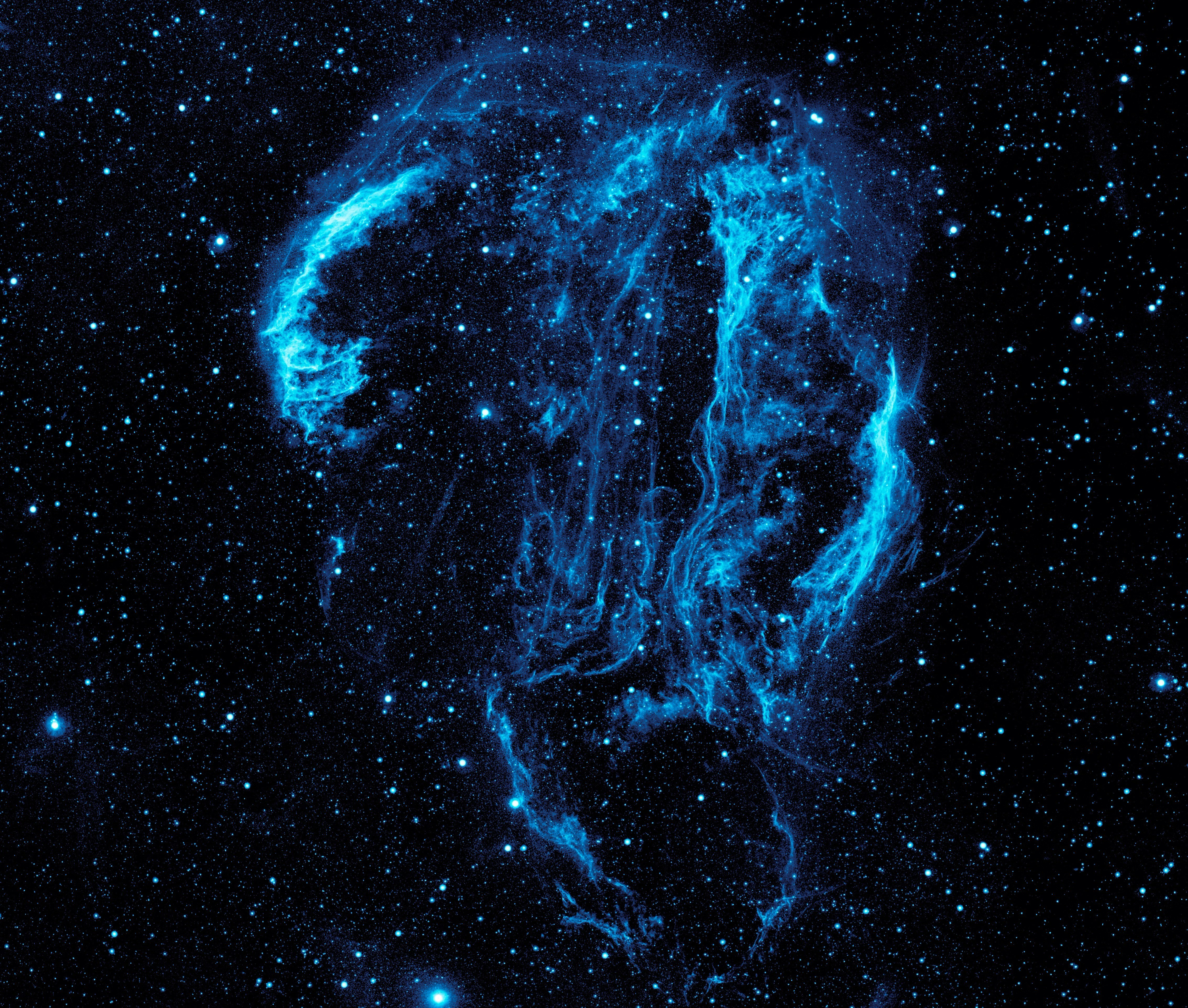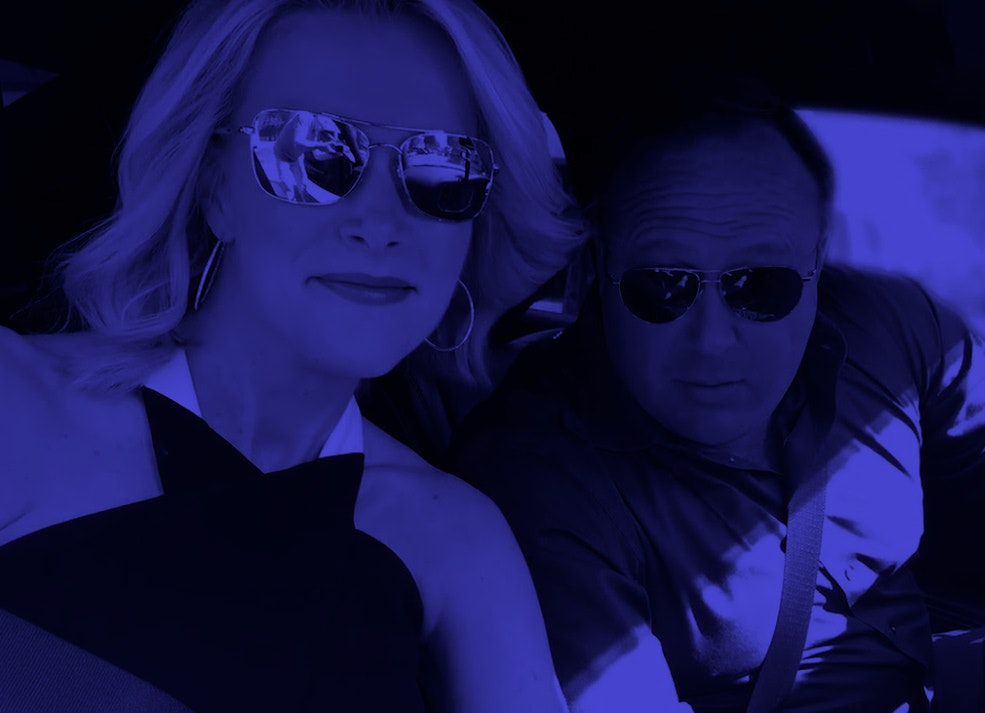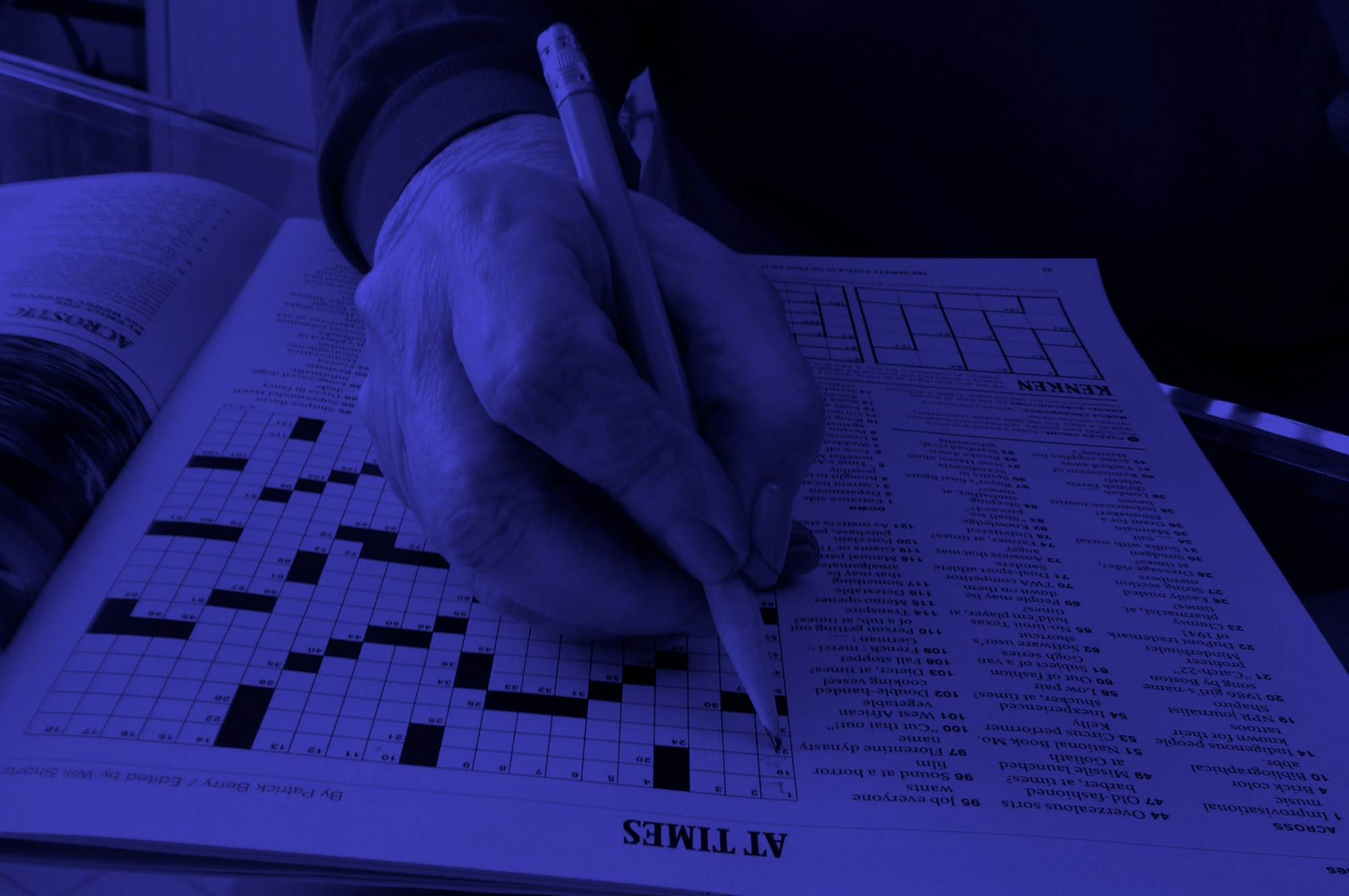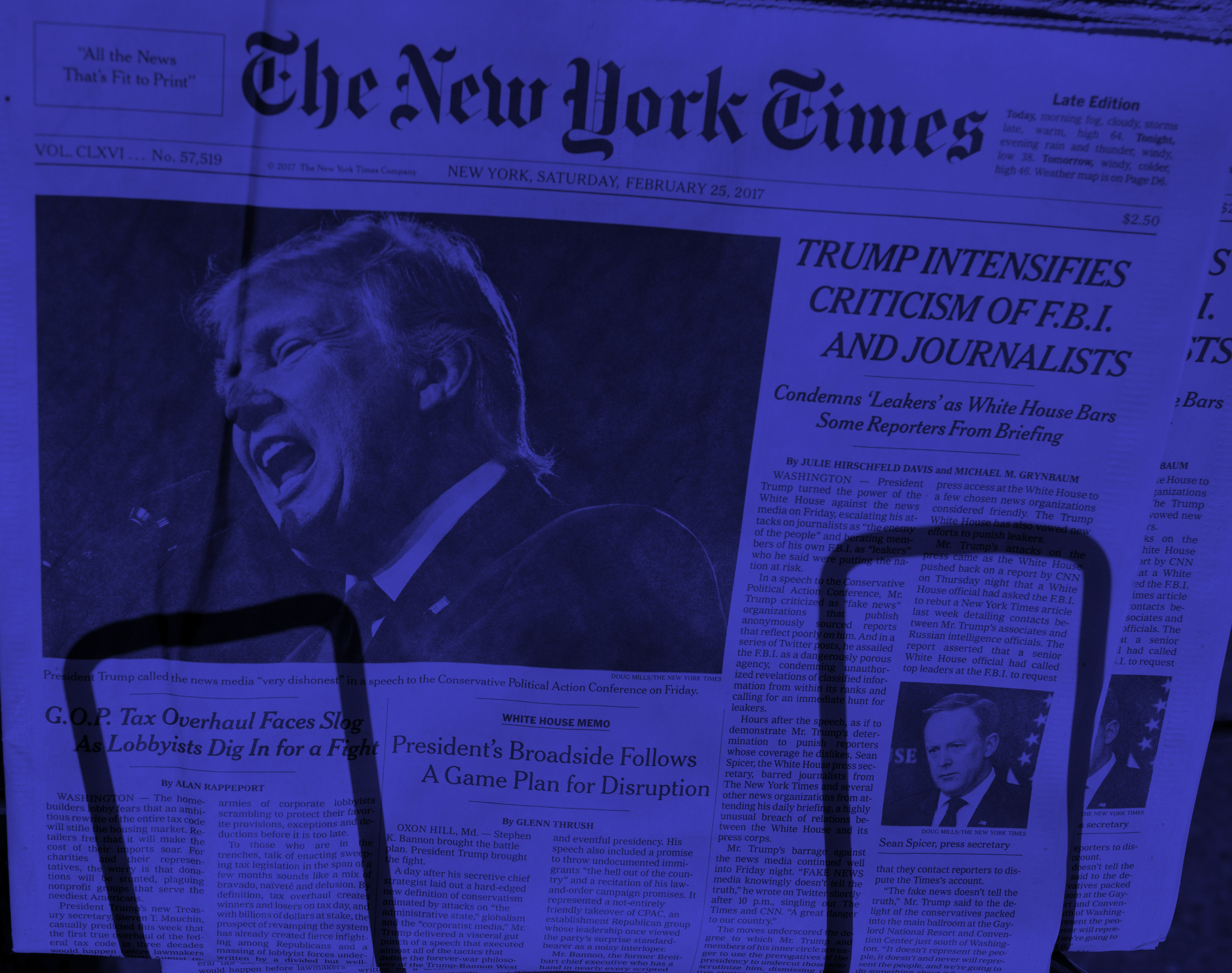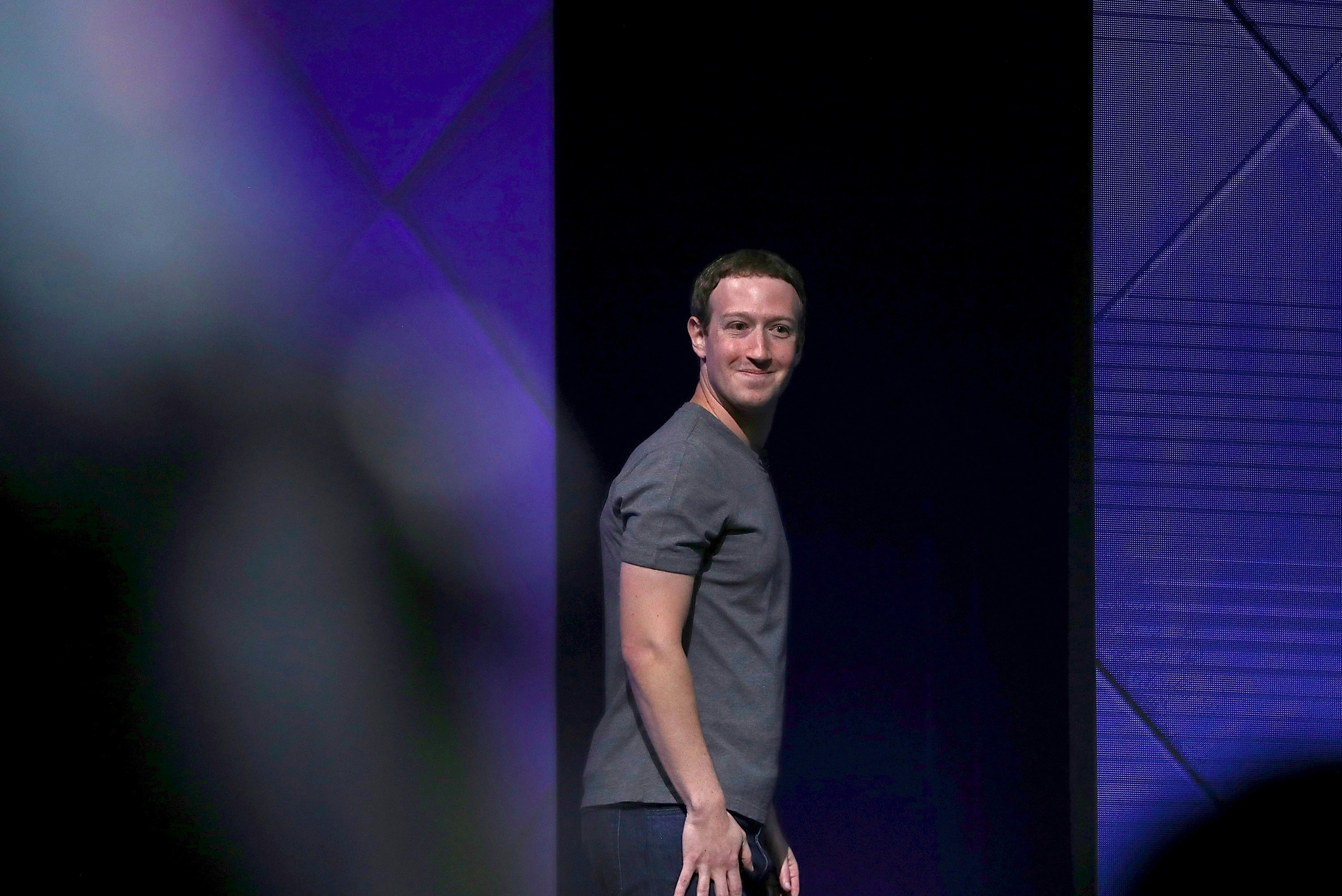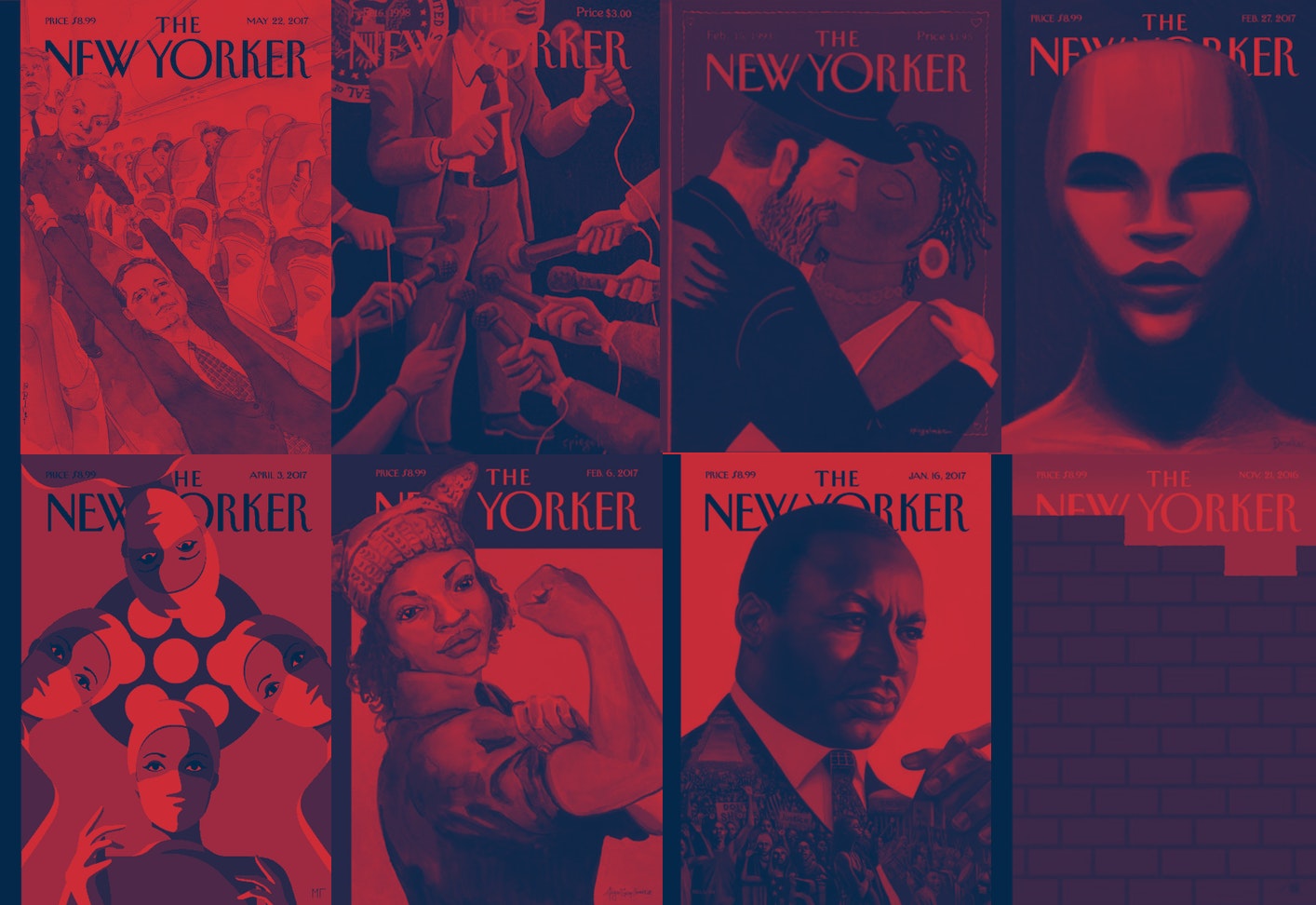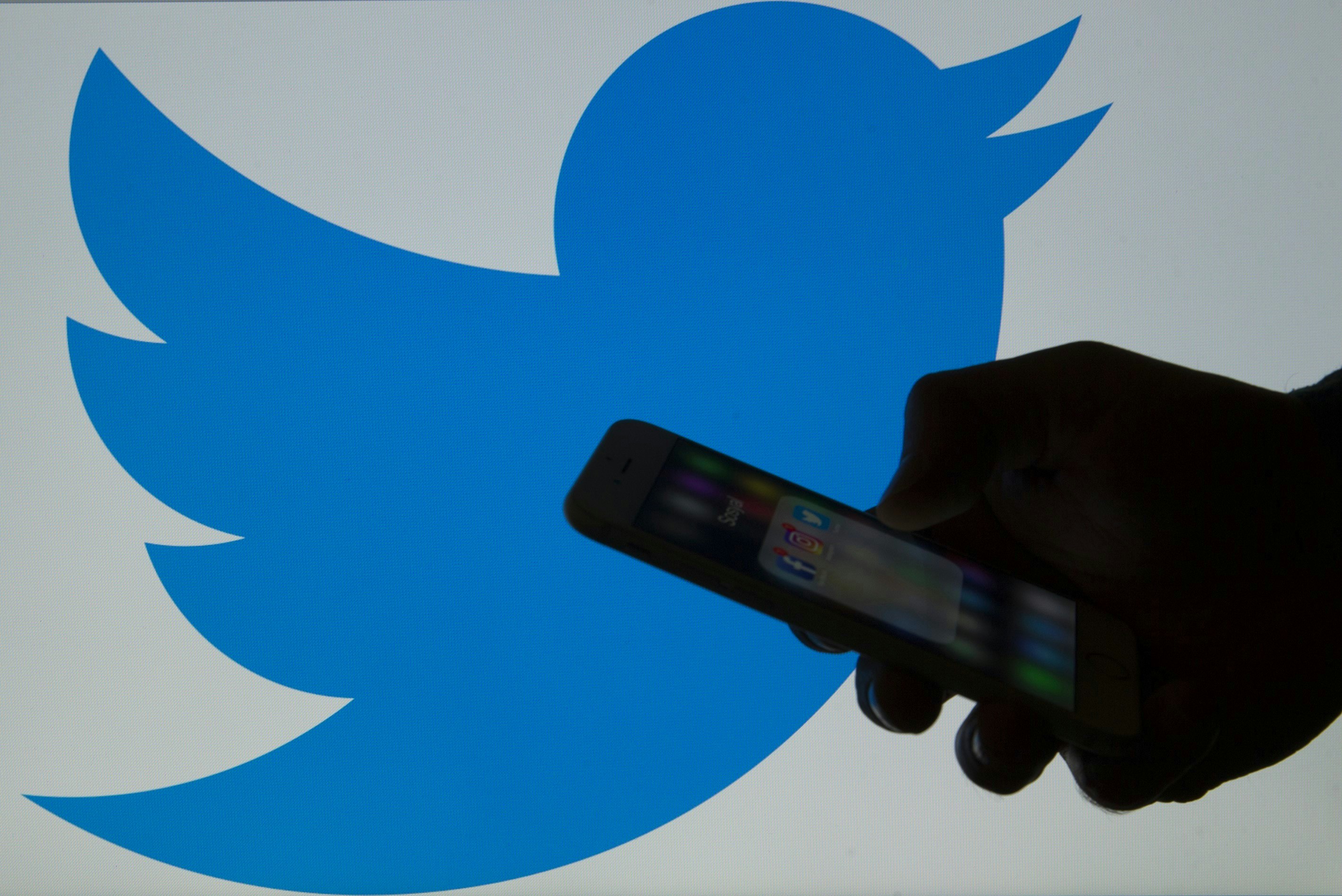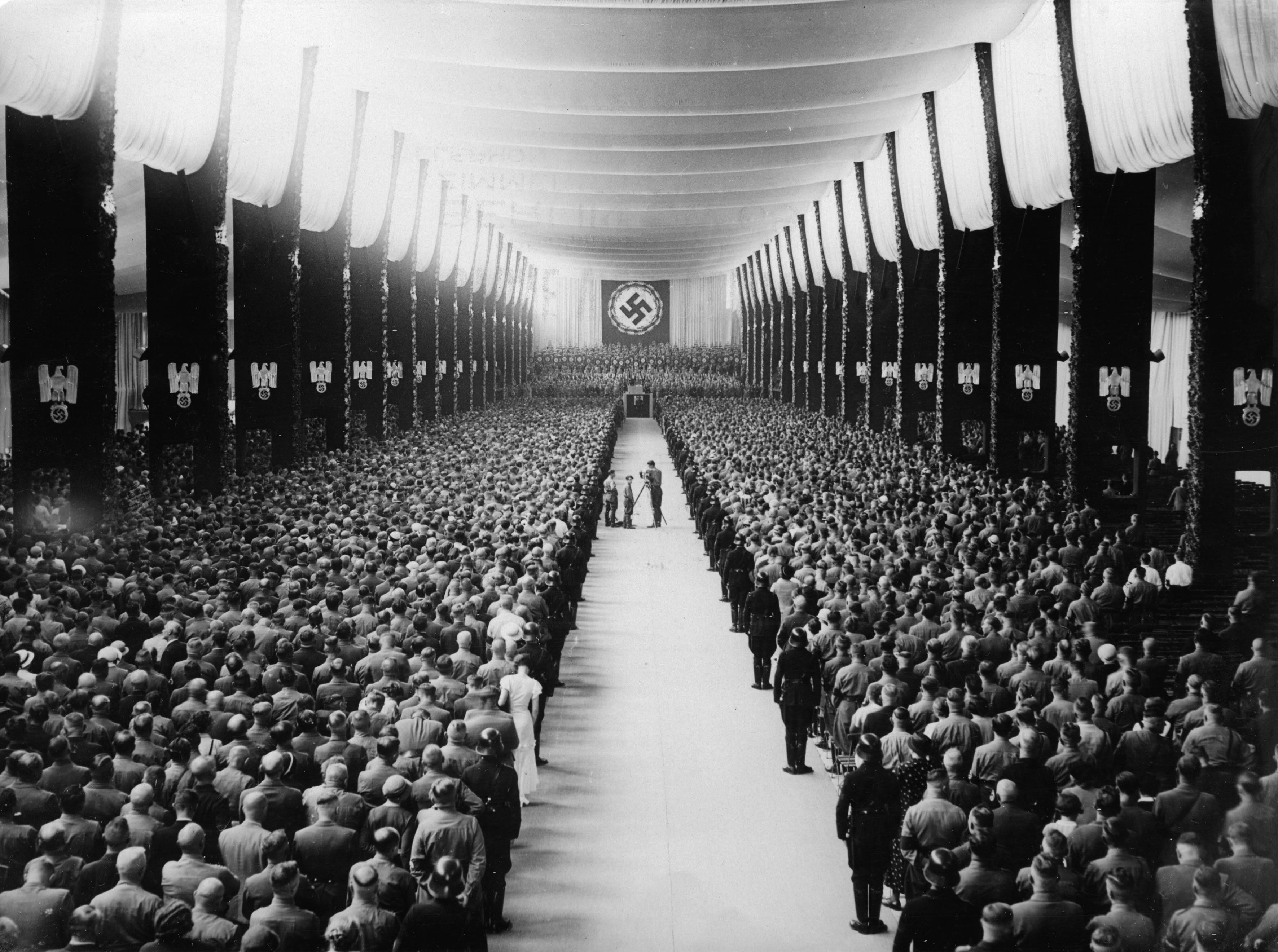Hello, friends. Leah is on vacation, so I, Adrianne Jeffries, am writing this week’s Letter. Thesis: The New York Times crossword is very old and very white, which is bad and also makes for a boring puzzle.
Adrianne, then why do you continue to do the puzzle night after night, you ask. For years you have done this. The answer is that it helps me fall asleep, and there are no other good daily crossword apps for Android. The Times is it. Even the Times did not come out with its Android app for the puzzle until November 2016, seven years after it introduced an app for iPhone.
Smartphone prejudice aside, the Times crosswords, which have been edited by the famed crossword giant Will Shortz since 1993, are vexing for how outdated some of the clues and answers are, especially since in some cases the terms have been abandoned by the paper itself. The puzzle clearly isn’t seeking new talent or a new audience, and in its stodginess, it becomes clear that it is composed for a very particular reader with a very particular view of the world.
Here are some examples:
ESKIMO. The puzzle uses outdated, offensive terms for people, even if the New York Times itself has moved away from them. Looking through the archives shows the Times has curbed its use of “Eskimo,” especially in headlines, although it still shows up occasionally and is sanctioned in the style guide. The crossword, by its nature, makes the word more offensive by oversimplifying its meaning and depriving it of context. According to the crossword desk, ESKIMO is still a type of person who lives in an igloo, hunts seals, and is just as likely to be from Nome, Alaska as Nunavut, Canada. In other words, not much has changed since racist colonizers invented the term to describe native people living in cold climates on different continents. Meanwhile, “Oriental” showed up as a racial descriptor — “Oriental au pair,” or AMAH, and “Oriental royal,” or RAJAH — even after it was banned in the 1999 Times style guide. “Transvestite” is listed as offensive in the Times style guide, which prefers “cross dresser,” but the term showed up in a 2013 clue: “Transvestite of song” (answer: LOLA, the subject of a Kinks song that details a romantic encounter at a club in Soho, London between a man and Lola, whose gender is called into question by the narrator). The Times has historically shied away from clues of this nature, although it did clue ASAMAN with “One way to live transsexually” in 2007.
SISSIES. The Times clues for SISSIES include “Fraidy-cats” (2017), “Cream puffs” (2009), and “He-men's opposites” (2008), which I suppose is better than the archaic “pantywaists,” which is how it was clued twice in 1997 and twice again in 1998.
HOMIE, etc. The puzzle has a lot of use for the word HOMIE. “Place with homies” is HOOD. “Homies’ homes” is CRIBS. “Sup, homie” is YODOG. “Make a homie's turf unfit for habitation?” is POISONTHEHOOD. Meanwhile, “Woman with an Afro, maybe” is SISTA. In 2012, Shortz faced off with a reader over ILLIN, which was clued as “Wack, in hip-hop.” The exchange revealed he relies on the Dictionary of Contemporary Slang, which is authored by an old white British man, filled with cringeworthy inaccuracies, and missing every slang word I thought to search it for including “molly” and “lol.” Even its fans acknowledge it is outdated as soon as it’s published.
ESOS. The Times likes to sneak in Spanish answers, particularly ESOS, which means the clue will refer to a hypothetical Latino man. “Those, to Juan.” “Those, to José.” “Those, to Jorge.” "Those, to Teodoro.” In 2012, Shortz clued ILLEGAL as “One caught by the border patrol.” When criticized, he turned again to the dictionary. “At the time I wrote this clue (and yes, it was my clue), I had no idea that use of the word ‘illegal’ in this sense (as a noun) was controversial. It’s in the dictionary. It’s in widespread use by ordinary people and publications. There is nothing inherently pejorative about it.” Still, he said, his aim is not to offend people in the puzzle. “So I don’t expect to do this again.” This prescriptivism is curious when contrasted with the fact that the crossword does not acknowledge accent marks or the ñ. In the grid, all ñs are just ns. “Swinger’s target at a party” is PINATA. The “weather phenomenon” is EL NINO. “Mister in a sombrero” is SENOR.
I also found an exchange from 2011 illuminating. Shortz asked puzzle constructor Elizabeth Gorski to change an answer on her submitted puzzle. “There was one thing about the construction I didn't like, and that was at 35 Down,” Shortz told The Atlantic. “The answer was LORELAI, and the sirens on the Rhine are of course ‘Lorelei,’ with an ‘e-i.’ Liz's clue was Rory's mom on Gilmore Girls, and I didn't think solvers should have to know that.” He had the constructor revise the answer to make it 1) more old and 2) refer to mythical women who are so distractingly beautiful that they cause men to crash their ships on the rocks, instead of, a cool mom from a television show that millions of women (and some men) love.
(Fun fact: So far in 2017, only 13 percent of puzzles have been constructed by women, as crossword blogger Laura Braunstein flagged recently.)
This is all related to the puzzle’s general irrelevance. On his popular blog Rex Parker Does the NYT Crossword Puzzle, Michael Sharp often writes about the slow, unceremonious decline of the Times puzzle. “There is so little Joy in the NYT crosswords of late,” he wrote recently. “Just tired / old / bad concepts ... and all of it only semi-competently executed.”
I had a long conversation with Sharp, in which we tried to articulate what exactly it is that makes some clues feel so uncomfortable. “Often the clues feel like they are written by someone for whom these things are weird or exotic, so there is this kind of tone to it that presumes a white audience,” Sharp told me. “It’s a general tendency, a general exclusionary tendency that means when things like AFRO and DORAG show up, it feels like that’s really primarily how the puzzle sees black people.” (AFRO and DORAG show up a lot.)
An extended audio version of my interview with Michael Sharp was featured on our daily podcast, The Outline World Dispatch. Subscribe on Apple Podcasts, or anywhere else you get podcasts.
Sharp also sent me a recent comment from his blog that had been flagged by another player.
oops somebody said out loud the part you're only supposed to hint at pic.twitter.com/VdxhS7LsuS
— 🆎 (@austinburns) May 25, 2017
“Having a puzzle of unknowns or new words can be fun if it teaches me something worth remembering,” the commenter wrote. “This puzzle had too many proper names, computer lingo, and black pop culture to be enjoyable for me.” This is Shortz’s audience. For the record, the only discernible “black pop culture” references in the grid were OMAR EPPS, PURPLE RAIN, IVERSON (as in Allen), and ELLA (as in Fitzgerald). The “computer lingo” was WIFI. And the puzzle in question was, in my opinion, pretty good.
Get Leah Letter in your inbox.
